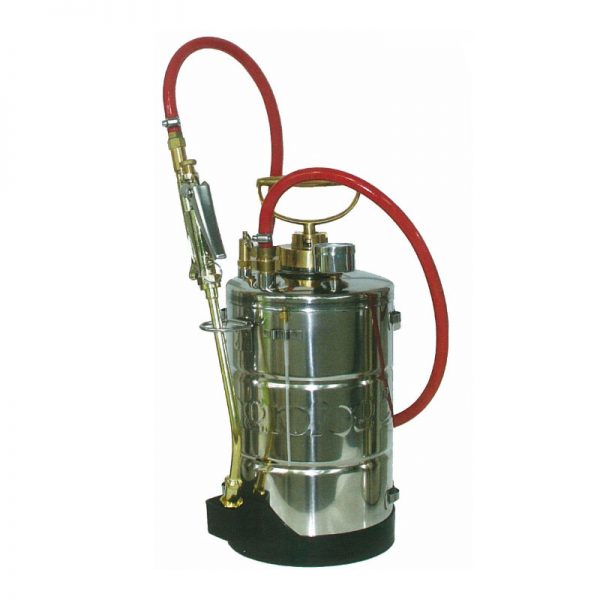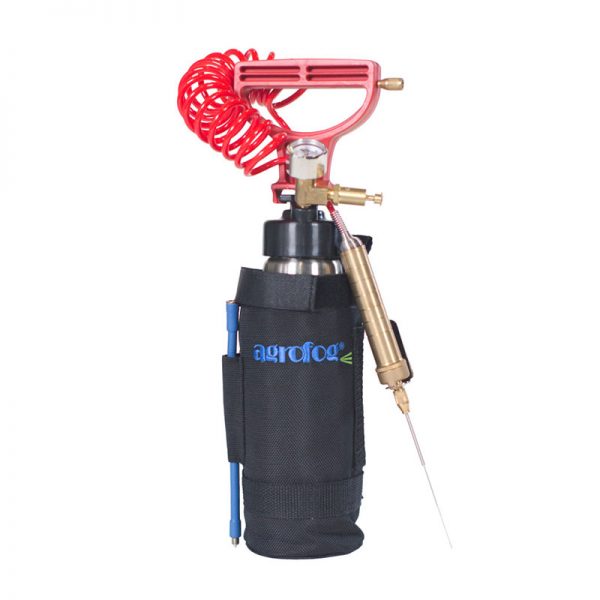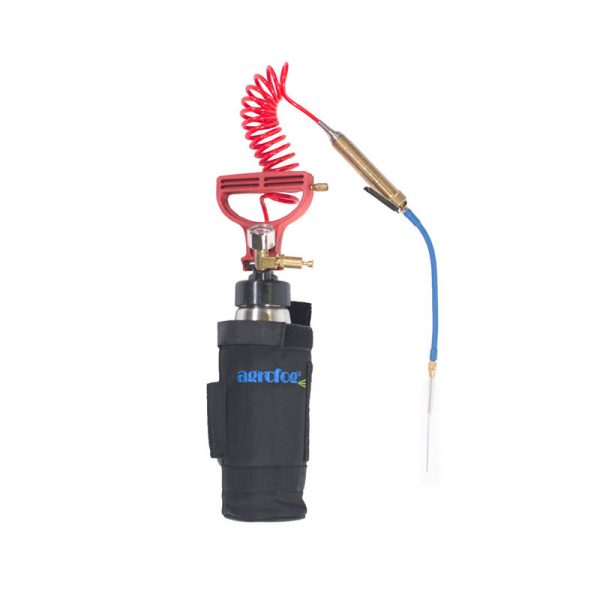WOOD BORERS
WOOD BORER FACTS
Wood borers are wood damaging insects that invade and attack wood-based furnitures and structures (example: floorboards, wooden beams). These beetles will lay the eggs in cracks of wood structures. The larvae will burrow deep into the wood and they will begin feeding. This results maze of tunnels in the structure over the course of several years. If undetected or untreated, structures or timbers will be weaken and may lead to structural failures.
Wood borers undergo four stage of development (from egg to larva, pupa and adult). Examples of wood-boring insect pest are False Powderpost beetles, True Powderpost beetles and Longhorn beetles
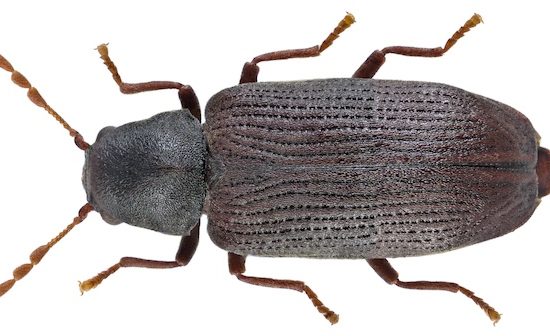
METHOD OF TREATMENT FOR WOOD BORERS
1) Sanitation – remove any wood debris around buildings
2) Treat wood with paint or chemical by painting or varnishing to seal cracks or pores around the wood timber
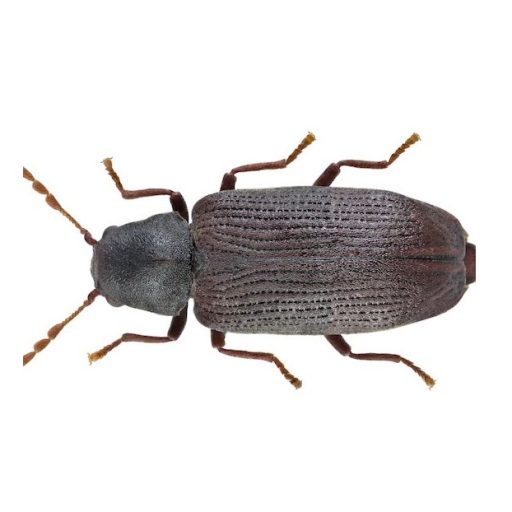
SIGNS OF WOOD BORER INFESTATION
1) Bore dust or frass – these are caused by emerging adult beetles from the wooden structure
2) Presence of wood borer larvae (creamy-white colour) or egg in cracks of wooden objects, floorboards and timbers
3) Dead woodborer insects around infested wooden structure or timber
4) Exit holes on wood
5) Weak damaged wood / crumbling wood

TYPES OF WOOD BORERS
- Deathwatch beetle (Family: Anobiidae)
- Common furniture beetle (Family: Anobiidae)
- False Powderpost beetle (Family: Bostrichidae)
- True Powerpost beetle (Family: Bostrichidae, Subfamily: Lyctinae)
- Bark beetle (Family: Curculionidae)
- Longhorn beetles (Family: Cerambycidae)
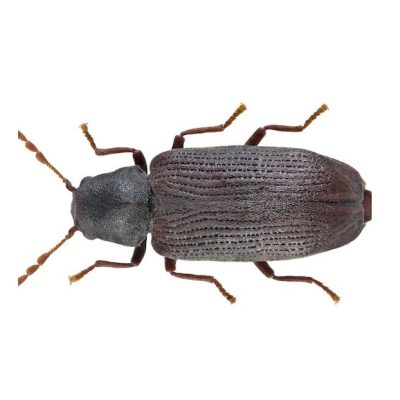

 CHEMICALS
CHEMICALS